
Introduction to the Cultural and Creative Products of the Forbidden City, Beijing
In recent years, the cultural and creative products of the Forbidden City in Beijing have attracted much attention worldwide, and ‘cultural and creative’ has become a popular word.
So what exactly are cultural and creative products? According to UNESCO’s definition, a creative product is a product that combines cultural, artistic and commercial elements, has a unique cultural identity and creative expression, and is capable of creating economic value and social benefits. Such products cover a wide range, including cultural artefacts, replicas of cultural relics, design products, digital artefacts, audio-visual products, handicrafts, fashion products, software games and so on.
The creative inspiration for the Forbidden City’s cultural and creative products comes from the architecture, cultural relics and related historical stories of the Palace Museum. Designers combine the deep cultural connotation of the Palace with modern popular elements to create products with great characteristics.
The development of the Palace’s cultural and creative products has roughly gone through three stages: the stage of tourist souvenirs, the stage of cultural and creative commodities, and the stage of big cultural and creative products.
Stage 1: Tourism souvenir stage – simple reproduction of cultural relics
At this stage, due to the lack of development experience, the Forbidden City’s cultural and creative products were mainly simple copies of the cultural relics in the collection, and were mainly small products.
For example, the Palace Museum has launched the ‘Emperor’s Treasure – Jade Seal’, this product is based on the collection of cultural relics in the Qing Palace 25-party seal in the only full Manchu seal script of the jade seal and other than a copy of the meaning of ‘accepting the heavenly mission, with supreme authority’.
In 2008, the Palace Cultural and Creative Centre, which focuses on the Palace’s cultural creations, was established, and the Palace Taobao e-commerce platform was officially launched.
At this time, the Palace Cultural Creation is still in the painting, calligraphy, porcelain and other cultural relics of the simple copy mode, the market feedback is general.
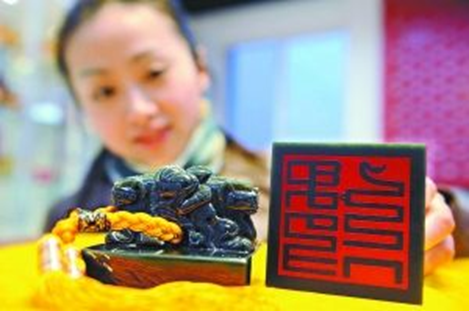
Stage 2: Cultural and Creative Commodities Stage – Deep Integration into Modern Life
In 2013, the ‘I know’ paper tape launched by the cultural creation of the National Palace in Taipei was warmly pursued by netizens, and set off a craze on both sides of the Taiwan Strait, which also let people see the market potential of the museum’s IP cultural creation derivatives.
In 2014, an article titled “Yongzheng: I Feel So Cute about Myself” was released, and the humorous and quirky image of Emperor Yongzheng in the article triggered a great response, opening up a new path for the development of the Palace’s cultural creativity.
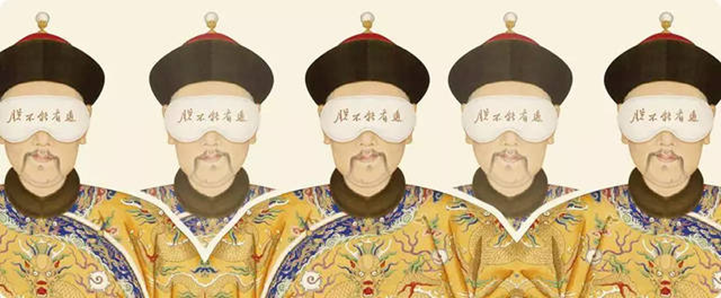
Since 2016, the development of cultural and creative products represented by the Forbidden City’s IP has entered a period of rapid development, and the types of products involve a wide range of fields such as beauty care, electronics, food and beverage, and home apparel. The Palace launched lipstick, calendar, tape, dolls and the Palace cat blind box and other cultural and creative products, all of which have become Netflix hit.
The Forbidden City also carries out cross-border co-operation with domestic and international famous brands such as Cartier, Nongfusanquan, Beijing Taoxiangcun, Yuxi, Ritz-Carlton, Oreo, Zenith, Mogoping Beauty, Anta and so on, and the cultural and creative products launched have penetrated into every aspect of consumers’ lives.
The Forbidden City has strict control over the development of cultural and creative products, using three forms of independent development, co-development and authorised development. The product planning process is divided into four main steps:
- Pre-planning: Based on the sales situation of the products in the previous season and the actual research results, determine the theme, direction and ideas of the cultural and creative products for the new season; convene a meeting with the suppliers, sign a cooperation agreement, and make preparations for the subsequent design and production.
- product design: suppliers carry out product design in accordance with the ideas put forward by the Cultural and Creative Department of the Forbidden City, and hold an expert review meeting after the completion of the first draft to ensure that the products have cultural attributes; suppliers carry out the second review draft after sampling.
- Product test marketing: After the cultural and creative products are produced, they are put into the corresponding channels for a period of 3 months for test marketing, and according to the feedback of the market, it will be decided whether to go off the shelves or to increase the production.
- Summarising: Using all kinds of information and data, we analyse the reasons for the good or bad sales of each product and summarise the rules, so that we can retain the advantages and improve the shortcomings of the products in the next season.
In 2019, the total annual revenue of all the cultural and creative products of the Forbidden City reached RMB 1.5 billion; in 2023, the cultural and creative products of Forbidden City gained more than 9 million followers on Taobao ( China’s largest e-commerce platform ) , which is a very leading position among many museums.

Stage 3: Greater Cultural Creation Stage – Technology and Cross-border Integration
Greater cultural creativity refers to all creative outputs developed with museums as the core source, including publications, creative merchandise, media programmes, social and educational activities and other forms. The core of this concept lies in the use of various methods to transform cultural resources such as cultural relics into cultural products that people can intuitively feel, easily understand, appreciate and consume. Such products include both physical forms (e.g. souvenirs, books) and digital forms (e.g. virtual exhibitions).
The Forbidden City has an extremely rich collection of cultural relics, with a total of more than 1.8 million pieces/sets, including more than 8,000 pieces/sets of ‘first-class collection’ (China’s highest-grade cultural relics), which is known as the world’s art treasury. These precious cultural relics resources provide a solid foundation for the development of the Palace’s cultural heritage.
Inspired by its own architecture, ancient atlases such as the ‘Haicuo Tu’ (ancient ‘Encyclopaedia of Marine Life’.), famous paintings such as ‘Thousand miles of mountains and rivers’, the Palace has launched a series of cultural and creative products, and established a unique brand IP (Intellectual Property) system. Among them, the ‘Thousand miles of mountains and rivers’ series is the most well-known.
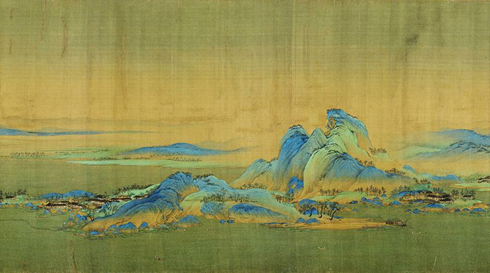
At present, the market for the Palace-led development of ‘Thousand Miles of Rivers and Mountains’ related to the collation of large cultural and creative products, can be roughly divided into four categories of digital exhibitions, cultural and creative products, digital products, dance theatre.
1.Digital exhibition
As the original Thousand Miles of Rivers and Mountains is less likely to be exhibited, with the help of digital technology, the Forbidden City launched the Thousand Miles of Rivers and Mountains 3.0 digital art exhibition.In December 2019, in the ‘Crouching Miles – The Forbidden City and the Maritime Silk Road’ thematic exhibition, the exhibition is highlighted by the giant high-definition dynamic digital scrolls and a wealth of interactive experiences, integrating traditional fine arts and digital technology. Fusing traditional art and digital technology, the exhibition vividly reproduced the majesty and grandeur of Song Dynasty green landscapes, making the audience feel as if they were in the painting.
In August 2021, the exhibition was upgraded to an immersive art exhibition ‘Painting a Thousand Miles of Mountains’, creating a panoramic experience of the immersive space of the Danqing Theatre, where the paintings were deconstructed and restructured in three-dimensional particles, presenting a stunning digital landscape. The immersive art exhibition has since toured Chengdu, Chongqing and Nanjing, and has been well received by the audience.
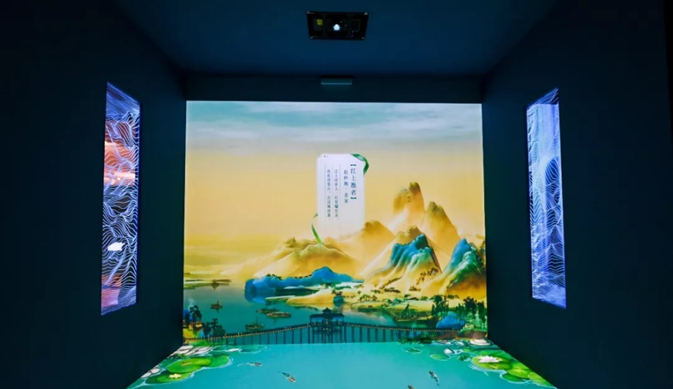
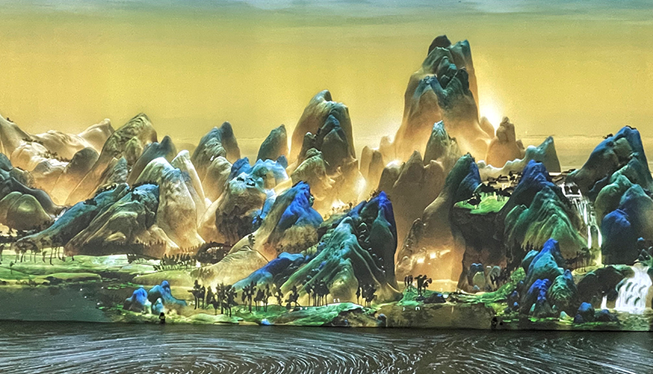
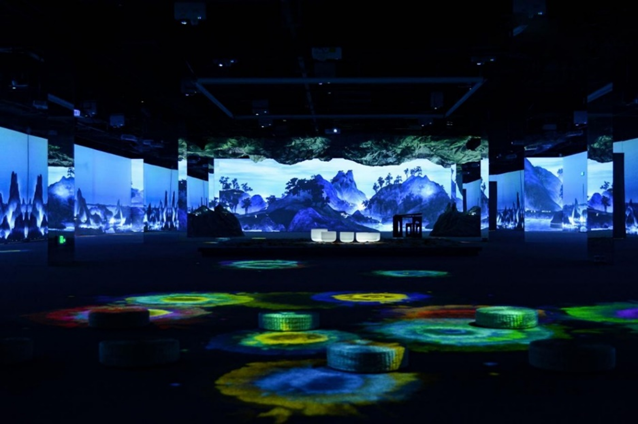
2.Cultural and creative products
The classic green and green colour scheme of ‘A Thousand Miles of Rivers and Mountains’ is very suitable for the development of cultural and creative products. Through independent research and development and IP licensing, the Palace Museum has applied this famous painting to all kinds of accessories, daily necessities and consumer products. For example, it has launched jewellery series such as necklaces, earrings and rings, stationery series such as rulers, paperweights, pen holders and note bricks, and daily necessities such as handmade soaps, handbags and fireless aromatherapy products, so that the elements of the green and green landscape can be integrated into daily life.


It is worth noting that the ‘Thousand Miles of Rivers and Mountains’ series of cultural and creative materials immersive digital exhibition derived from the sub-IP ‘Painting Tour of Thousand Miles of Rivers and Mountains’. 2023 September, the Silk Hair and ‘Painting Tour of Thousand Miles of Rivers and Mountains’ IP linkage to the ‘domain to see the green silk, the United States out of the painting’ as the theme of the on-line and off-line activities, the introduction of a series of products gift box, to further expand the boundaries of the ‘Thousand Miles of Rivers and Mountains’ series of cultural and creative.
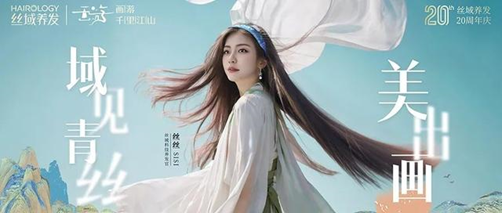
3.Digital Products
In the era of information technology, the Palace Museum uses modern technology to promote the innovative development of cultural and creative products.
In July 2018, it co-sponsored the ‘Ancient Painting Will Sing’ music innovation competition with Tencent Innovation Competition and QQ Music, and created the Chinese theme song ‘Thousand Miles of Danqing’ based on the ‘Thousand Miles of Rivers and Mountains’; in December of the same year, it jointly launched a national style hand tour with NetEase called ‘Eizhen – Wonderful Writings of a Thousand Hills’, which is an interactive narrative puzzle game based on the ‘Thousand Miles of Rivers and Mountains’; in April 2022, the digital collection of Chinese released the digital collection of ‘Thousand Miles of River and Mountain Drawing’, which was loved by all walks of life.
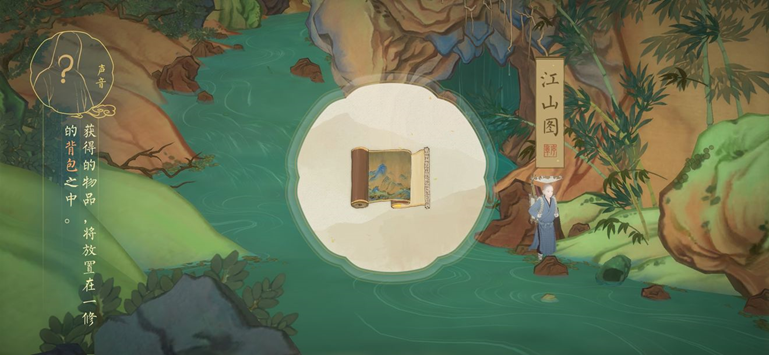
4.Dance Theatre
In 2021, the dance drama ‘Only This Green’, which is based on ‘Thousand Miles of Rivers and Mountains’, premiered at the National Grand Theatre and received wide acclaim. It was even on the stage of the 2022 Spring Festival Gala, stunning the world. Since its first performance in August 2021, the theatre has toured in 16 cities, including Shanghai and Suzhou, all of which have gained both popularity and word-of-mouth.
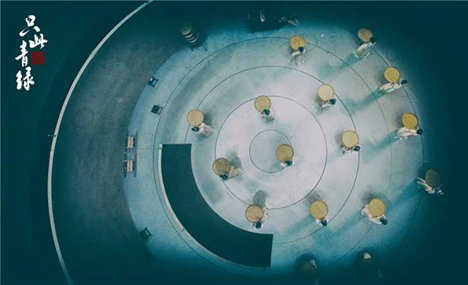
The Great Cultural Creation is an inevitable trend in the development of cultural and creative products of cultural and museum venues in the future, which achieves the maximum integration and use of resources in all aspects, as well as an effective combination of the market economy and the function of the museum’s public cultural position.
At present, the Forbidden City is still exploring the stage of grand cultural creation, and is committed to smoothing out all aspects of cultural and creative product development, and strengthening the connection between different types of products in order to play a greater role.


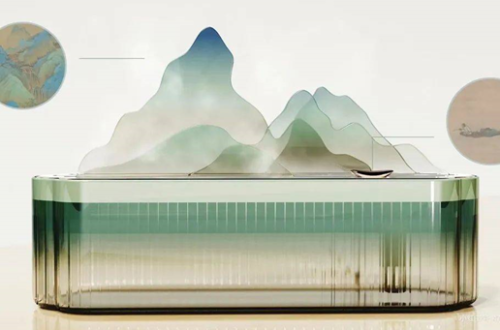
One Comment
zoritoler imol
Hey there this is kind of of off topic but I was wondering if blogs use WYSIWYG editors or if you have to manually code with HTML. I’m starting a blog soon but have no coding skills so I wanted to get advice from someone with experience. Any help would be enormously appreciated!